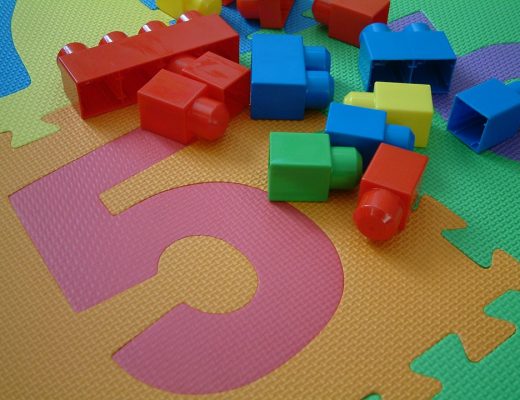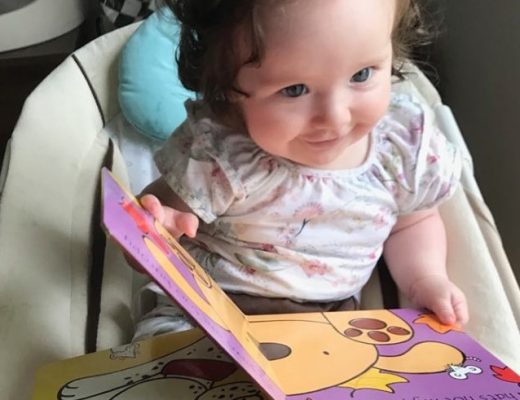My sister’s first word started with “f” and ended in tears. This is a fairly common occurrence in children’s early language development and is actually a product of our well-meaning attempts to prevent them from learning any forbidden phrases or off-colour orations.
Children typically need to hear a few hundred repetitions of a word before they understand it and try to say it, but this doesn’t seem to be the case when it comes to words we actively don’t want repeated.
Understanding why this happens can be advantageous for parents looking to support their child’s language development. It’s less about preventing swearing and more about capitalising on the learning process itself. If we treated all words like swear words children would pick them up a lot faster. In the Hanen “It Takes Two to Talk” programme we actually teach these strategies to aid language learning.
#5 – You said it
We try not to swear around them but it’s inevitable. Between standing on toys and tackling a sudden and unprecedented brown tsunami (known in parentese as a poosplosion) we can be forgiven for letting slip a few choice words.

In the speech and language therapy world we call this modelling – children mimic those close to them. The Hanen “It Takes Two to Talk” programme teaches this as a primary strategy: ‘Say it like they would if they could’. For example, instead of saying ‘what’s that?’ give them the word. Let them hear it in context, repeatedly. Or perhaps just once if it’s a swear word due to these next points…
#4 – Grandma’s face
When children swear for the first time, they have no idea what it means. What they learn very quickly though is that you, granny and the stranger at the table next to them pull the most entertaining faces!

It is said that 55% of our communication is non-verbal. That includes eye contact, facial expressions and other forms of body language. Children get so much of their information here. If they do something that gets a reaction (good or bad), you can almost guarantee they’ll attempt it again.
#3 – It makes people laugh
We’ve all seen a video of a baby swearing. It’s amusing in equal measure because they are totally oblivious to the meaning and because we relate to the parent’s despair. Laughter is a particularly strong positive reinforcement tool. Babies enjoy eliciting laughter from their caregivers and it’s the kind of attention they are likely to seek out again.
#2 – We look at the baby
When people swear near a child all eyes are immediately on the child to gauge their reaction. Did they hear it? Did they like it? If every time they heard the word ‘fork’, everyone looked at them and shushed, they’d start to pay attention to that word and probably repeat it to see if they achieved the same response.

#1 – It’s short and sharp
Research has shown that children find it easier to learn language when we use short sentences. “It Takes Two to Talk” teaches the “Four S” strategy1 (not including the S you’re thinking of) and two of these are particularly evident when we swear:
- Say less – single words or short phrases are best when children are learning to talk
- Stress – place emphasis on the most important word

In practice you cannot employ all of these tips across every single word you say around your baby but you can start using these strategies to target those crucial words and accelerate their development. So, swearing isn’t all bad (in fact it’s also a scientifically proven form of pain relief2) and this isn’t to suggest you start brushing up on your minced oaths because chances are the odd profanity won’t cause any harm. It is however a great reminder about taking stock of why certain things occur with our little learners and how we can use those circumstances to our advantage.
Steph is a qualified speech and language therapist, and certified Hanen Tutor. More information is available here:
- The other two strategies are “Go Slow” and “Show”. More information is available here: https://www.hanen.org/Shop/Products/The-Four–S-s.aspx
- Stephens, R., Atkins, J., & Kingston, A. (2009). Swearing as a response to pain. Neuroreport, 20(12), 1056-1060.




